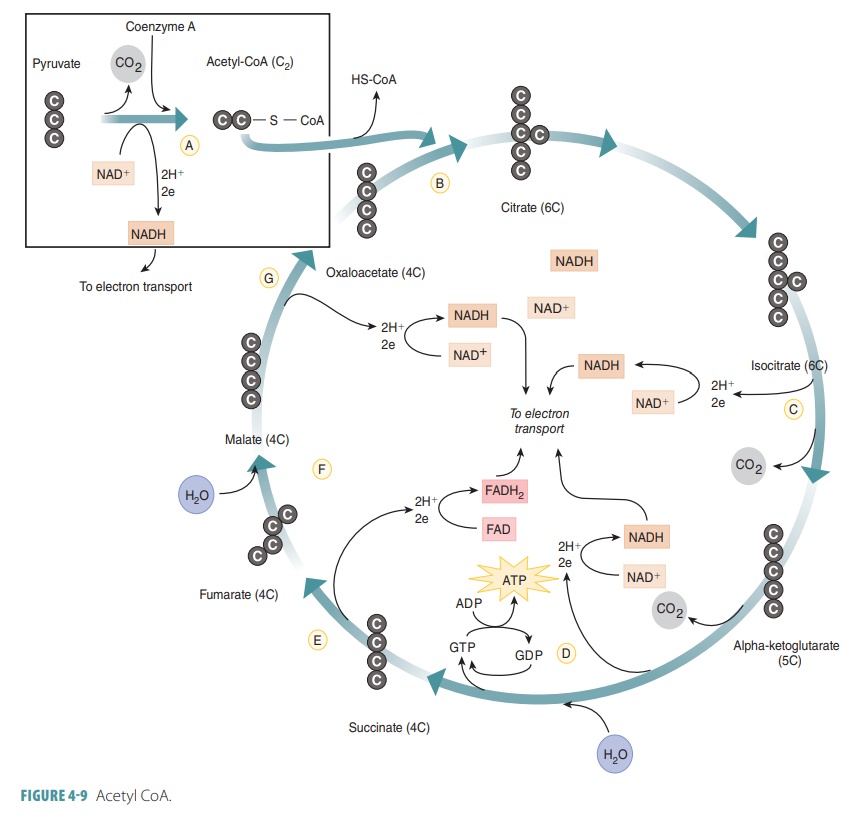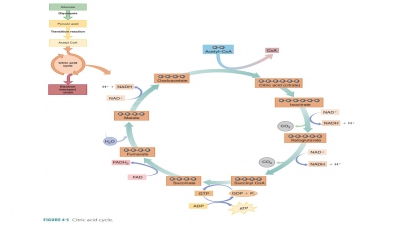Metabolic Pathways
| Home | | Anatomy and Physiology | | Anatomy and Physiology Health Education (APHE) |Chapter: Anatomy and Physiology for Health Professionals: Levels of Organization : Cellular Metabolism
There are a number of steps in each of the processes of cellular respiration, anabolic reactions, and catabolic reactions.
Metabolic
Pathways
There are a number of steps in
each of the processes of cellular respiration, anabolic reactions, and
catabolic reactions. A specific sequence of enzymatic actions controls these
reactions; therefore, the enzymes are organized in the exact same sequence as the
reactions they control. Each sequence of enzyme- controlled reactions is called
a metabolic pathway (FIGURE 4-8).

An enzyme-controlled reaction
usually increases its rate if the number of substrate molecules or enzyme
molecules increases; however, the rate is often determined by an enzyme that
regulates one of the reaction’s steps. Regulatory enzyme molecules are limited,
and when the substrate concentration exceeds a certain level, the enzyme supply
can become saturated. When this occurs, increasing substrate molecules will no
longer have any effect on the reaction rate. Because of this, just one enzyme
can control the entire pathway.
A rate-limiting enzyme is usually the first enzyme in a series. Being
first is critical because if a rate- limiting enzyme were located somewhere
else in the chemical pathway, an intermediate chemical could accumulate at
that point. Fats and proteins as well as glucose can be broken down to release
energy needed to synthesize ATP. In all three cases, aerobic respira-tion is
still the result of these breakdown processes. The most common point of entry
is into the citric acid cycle as acetyl
CoA (FIGURE 4-9).

1. What is
a metabolic pathway?
2. Why is being the first enzyme in a series critical?

